It’s almost that time of year when everybody hits the gym after the holidays hoping to get back in shape to meet those New Year’s resolutions. However, jumping in without a good plan can lead to overtraining and an increased risk of injury. Overtraining can happen to anyone, from those starting an exercise plan to lose weight or get in shape to elite athletes training for a triathlon. Anytime there is an increase or change in activity, your body needs time to recover in order to tolerate that stress. Without proper rest and recovery, symptoms of overtraining may develop.
Signs and symptoms to look for include:
- Fatigue at rest and altered sleep patterns
- Change in appetite and increased thirst
- Decreased motivation and reduced ability to perform
- Mood change
- Reduced immune function leading to increased illness
- Change in resting heart rate
- Pain and injury

When starting or changing your exercise routine, it is always a good idea to take it slow and not ramp up your training too quickly. Make sure to cool down and stretch after exercise, focusing on those body parts that were utilized in your training session in order to enhance their function. Also, not every day needs to be intense. Give yourself a chance for “active recovery” with activities like yoga or walking. Most importantly, listen to your body and watch out for the warning signs above. If these signs are present, it is a good idea to give yourself a break in order to allow for the time your body needs to recover. Without proper rest, your body is unable to heal which reduces your ability to perform and puts you at an increased risk for injury.
Physical therapists are “movement experts” working with a wide variety of patient types. At ApexNetwork Physical Therapy, our therapists are highly trained to
- Develop a training plan that is safe and individualized to fit your body type and goals
- Analyze your strength, range of motion, and endurance to determine weak areas
- Provide medical screens to confirm overuse or possibly uncover other issues
- Perform movement screens and gait analyses to reveal underlying problems that may be leading to stress in specific body parts which ultimately can cause injuries
- Create individualized exercise programs to help correct weaknesses in order to lead to a safer work out plan
Let us assist with reducing your risk of overtraining; if you’re already experiencing an injury from overuse, we can lead you on a path to recovery and decrease the chance of re-injury.
More information can be found at www.moveforwardpt.com.
Kreher, J. B., & Schwartz, J. B. (2012). Overtraining Syndrome: A Practical Guide. Sports Health, 4(2), 128–138. http://doi.org/10.1177/1941738111434406
Jenkins, M. (1998). Overtraining. http://www.rice.edu/~jenky/sports/overtraining.html
My Clinical Collections (How to Avoid Overtraining Injuries)
http://www.moveforwardpt.com/Resources/Detail.aspx?cid=91329fac-6dd7-4666-99a7-582db112d95a#.VlTe2XarTIW
